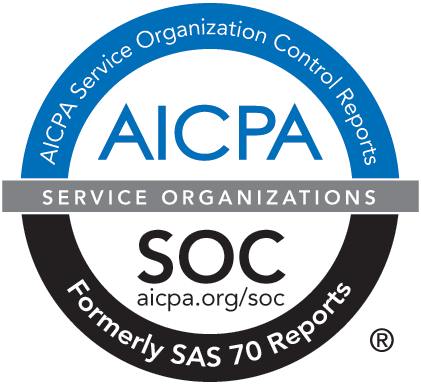Minerals on Mission: Laying the Groundwork
April 21, 2022 - Many are watching the oil and gas industry these days as world events continue to affect production, supply and prices. While these minerals are on the mind, we thought it would be a good time to consider them in a different way, to see how minerals can be put on mission to support the work of nonprofits.
As drilling technologies have made significant breakthroughs, oil and gas production has increased dramatically over the past decade, allowing production in states where none existed previously. Approximately 34 states now realize substantial mineral production each year, creating opportunities for philanthropy that were not available before.
A gift of mineral interests to charity can be a win/win, potentially providing tax benefits for the donor and a regular income stream for the charity. However, there are important things for nonprofits to know and consider when receiving such gifts.
In this series, we’ll cover types of mineral interests, tax considerations, recommended gift acceptance policies, valuations and appraisals, and whether to liquidate or retain a mineral interest. So, stick with us for the next few weeks as we help you put minerals on mission.
LAYING THE GROUNDWORK
A gift of mineral interests can be beneficial for both the donor and the receiving charity. The donor is eligible to claim a tax deduction based on the mineral interest’s fair-market value at the time of the gift, and the asset is removed from his or her taxable estate. The charity can either sell the interests for cash or retain them to receive production royalties as an income stream into the future.
Before we get too far ahead of ourselves though, let’s lay some groundwork (pardon the pun) by defining our terms.
RIGHTS
Surface rights or surface interests in a property include the ownership of the land for agricultural, residential, or commercial purposes.
Subsurface rights or mineral interests are the rights to extract minerals from beneath the surface of the land. The definition of “mineral interests” varies from state to state but can include oil, gas, coal, iron ore, sulfur, copper, silver, and gold.
Mineral rights may be owned independently from surface rights.
OWNERS
The landowner is the one who has surface and subsurface rights, owning all or part of the minerals under his/her land.
The mineral owner is, generally, one who owns only minerals under a tract of land but not the surface of the land itself. The mineral owner has the right to remove the minerals along with the right to execute a lease allowing someone else the opportunity to remove them. This right is superior to the surface owner’s rights because, in Texas and many other states, the mineral estate is the dominant estate.
The surface owner is usually one who has surface rights to a tract of land but not the rights to minerals beneath the surface. The surface owner is not entitled to execute a lease. Yet, the surface owner is affected by leasing activity because the surface is used to access the mineral asset.
So, what happens when the mineral owner wants to mine the minerals existing under the surface owner’s land? In Texas and many other states, the mineral estate is dominant. This allows the mineral rights owner to use the surface in a reasonable manner to mine or produce minerals.
INTERESTS
Leasehold interest - When the owner of a mineral interest leases the interest to an individual or company, the individual receiving the lease (the lessee) has a “leasehold interest,” or working interest or operating interest. The lessee has the rights to use the surface of the property to obtain the minerals, to incur costs of exploration and production of the minerals, and to retain profits, subject to the lessor’s retained rights.
Royalty interest - In exchange for granting the lease, the lessor typically receives a “royalty interest,” which is a share in the production of the mineral, free of the costs of producing it.
With this basic understanding as our foundation, next we’ll look at an important tax rule to keep in mind when giving or receiving mineral interests.
Minerals on Mission: Part 2
Minerals on Mission: Part 3
Minerals on Mission: Part 4



